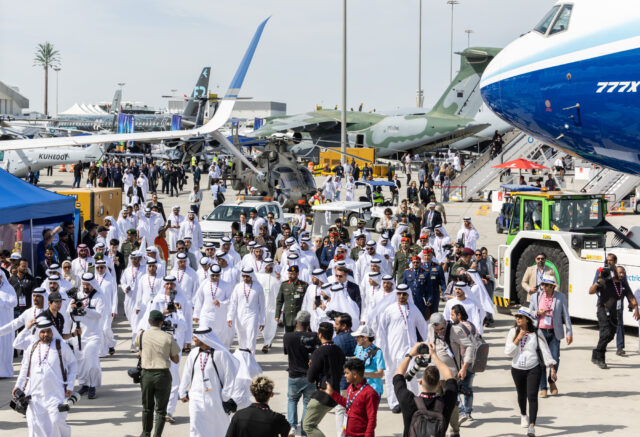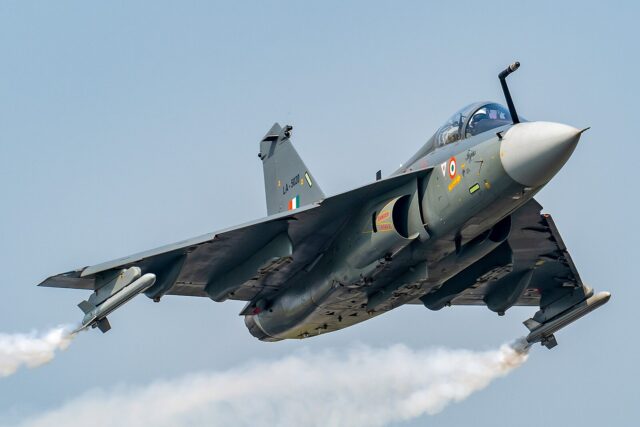Business Plus: Thai Airways CEO confirms the airline will join the growing trend

October 23, 2025

Thai Airways International is preparing to unveil a new premium tier within its business class—one that bridges the gap between its existing Royal Silk cabin and the first-class product it is phasing out.
Speaking with CNN’s Richard Quest, CEO Chai Eamsiri hinted that the airline’s Boeing 777s will feature a re-imagined front-row business zone offering “longer beds and bigger screens.” The more exclusive section is still unnamed, although Eamsiri has referred to it as “Business Plus.”
The move comes as Thai Airways completes its post-restructuring transformation and looks to re-establish itself as a leading premium carrier in Asia.
Thai’s new business class
With the Royal Silk business class redesign, Thai Airways aims to create a consistent premium experience across aircraft types to strengthen its long-haul brand identity.

Executive Traveller reports that the new Thai Airways business class will feature lie-flat suites with sliding privacy doors, large 24-inch entertainment screens, wireless charging, and USB-C ports. These seats will feature on newly delivered Airbus A350s and Boeing 787 Dreamliners and will be retrofitted on 14 of the airline’s current Boeing 777-300ERs.
Eamsiri confirmed reports that the updated Royal Silk business class cabin will feature a front-row zone offering more room and larger screens.
“This first row will be business class plus,” he said. “More legroom, longer beds, bigger screens – it’s about giving the passengers a choice.”
New Royal Silk rollout and fleet harmonisation
Thai Airways has already confirmed plans to phase out its first class service across most of its fleet within the next two to three years. The airline is shifting to a simplified three-class model: business, premium economy, and economy.

The retrofit program on the 777-300ER is expected to begin in 2027. As RunwayGirl reported, Thai’s medium-haul Airbus A321neo aircraft are also being refreshed with new seats and interiors to ensure product consistency across the network.
This hardware upgrade comes as the airline re-lists on the Thai Stock Exchange and seeks to rebuild trust with premium travellers after years of financial turbulence. Eamsiri has stated that the goal is to demonstrate that Thai Airways can compete directly with premium Gulf carriers.
Why airlines are dropping first class and reframing business
First class, once the pinnacle of long-haul luxury, is becoming rarer as airlines consolidate around upgraded business cabins. Airlines must decide how much cabin space to allocate to each cabin class, based on its revenue potential.
Cabin products in business class have undergone significant improvements over the past two decades. Many business class cabins now offer an experience superior to those of previous generations of first class cabins.
Airlines have raised the bar for first class, too. Those that still offer a first class product tend to lean toward large private suites. However, demand for this product varies by market and route. “Business Plus” is a compromise between the two, occupying a narrow cabin footprint, typically just the front row.
In that model, the front-row “Business Plus” concept is designed to capture passengers who might not opt for first class but would pay for a more spacious, enclosed business suite. The strategy transforms the business cabin into the airline’s flagship product.
The Business Plus trend
Thai Airways’ approach mirrors similar “business-plus” offerings emerging across the industry. Virgin Atlantic, Condor, and United Airlines have already monetised the front row of their business cabins with extra-spacious seats, larger screens, and enhanced privacy.
Virgin Atlantic’s Retreat Suite
On the Airbus A330-900neo, Virgin Atlantic offers two “Retreat Suites” at the very front of Upper Class. Each features a 27-inch screen, an oversized ottoman that doubles as a companion seat, and a larger surface area than standard Upper Class suites.

Passengers can pay an additional fee to secure the seats, which are marketed as the most exclusive option within the business cabin.
Condor’s Prime Seats
Condor’s Airbus A330-900neo includes four “Prime Seats” in the first row of business class, featuring expanded legroom, a large ottoman instead of a footwell, and 24-inch 4K monitors.

These seats are also offered for a surcharge and are described by Condor as “business-plus front-row seats.”
United Airlines’ Polaris Studio
United plans to introduce “Polaris Studio” suites on new Boeing 787-9s beginning in 2026. The eight seats, arranged in a 1-2-1 configuration in the two rows at the front of the aircraft, will feature sliding doors, additional workspace, upgraded storage, and extra amenities, providing clear differentiation within the business-class cabin without introducing a separate first class cabin.

Each of these examples follows the same logic Thai Airways is now pursuing: taking advantage of the extra space in the first row of business class to create a high-yield product for travellers seeking more privacy and comfort without moving into a true first-class fare.
Thai’s strategic shift to attract premium flyers
Thai Airways’ “Business Plus” concept signals a strategic shift toward the modern premium travel market. By replacing first class with an elevated business product, the airline aims to boost yield, simplify operations, and regain its reputation for high-end service.
If executed successfully, the redesigned front-row business cabin could give Thai Airways a competitive advantage, demonstrating that there’s still room for innovation in business class.
Featured Image: Thai Airways Boeing 777-300ER by N509FZ | Wikimedia Commons
















